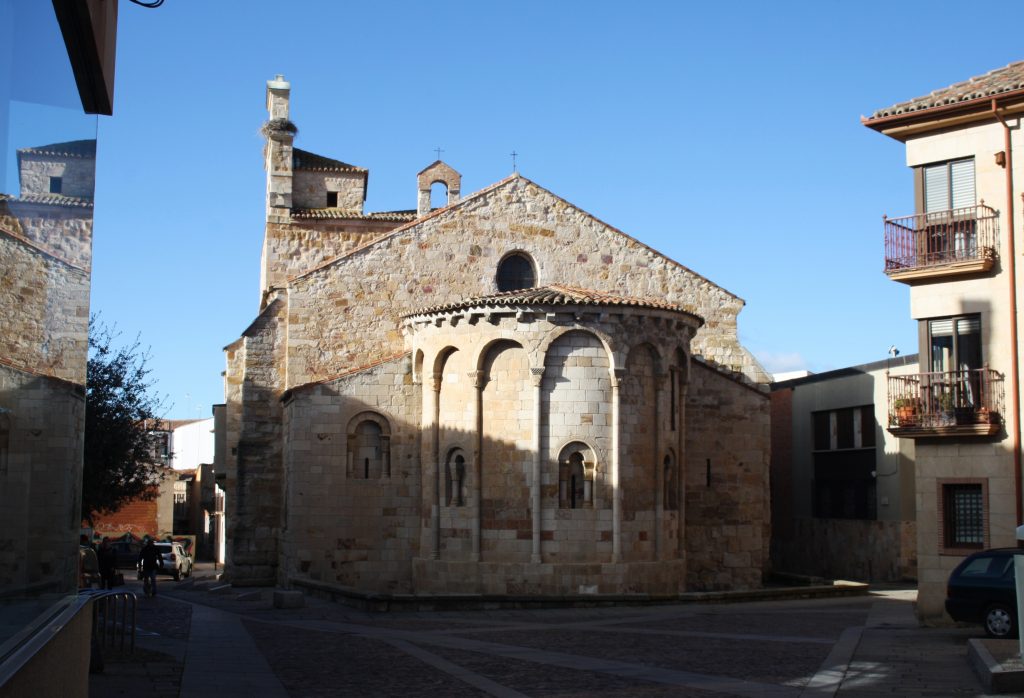The petrification of Zamora: a study trough masons’ marks
My doctoral research attempts to contribute to the understanding of the constructive processes in the Middle Ages through the study of masons’ marks. For this purpose, I am working with the Romanesque buildings of Zamora erected between the late 11th century and the beginning of the 13th century.

Zamora is a particularly attractive case study because of the unusually large number of masons’ marks presents in the walls of the 22 city churches, the cathedral and the city wall. The analysis of masons’ marks following a thorough methodology allows me to pose questions about the organization of medieval workshops, phases of construction, the significance of the cathedral as a centre for training within the city, or the connections between architectural and sculptural characteristics of the different buildings. Marks can also contribute to develop theories about the construction costs, the invested wealth in each building and the interest that the medieval society had in the erection of long-lasting structures.

The relevance of my research is based on the possibility of considering the city buildings not only as individual structures, but also as part of a single urban space. The medieval society of Zamora expressed its identity through stone constructions, that fortunately are standing nowadays, full of information, waiting to someone to read them.

